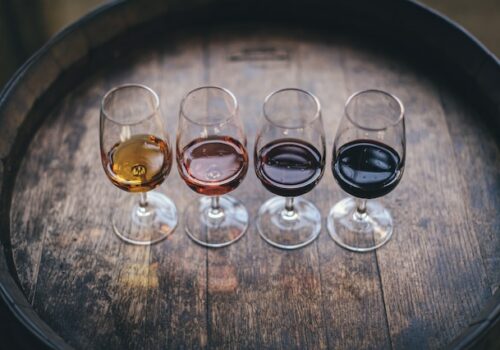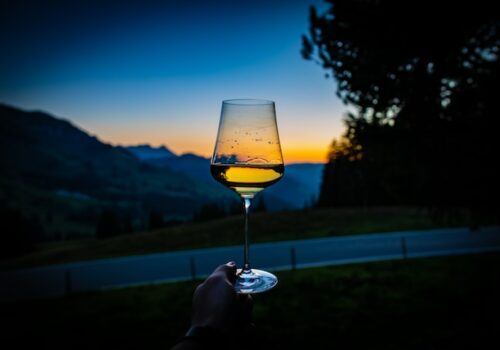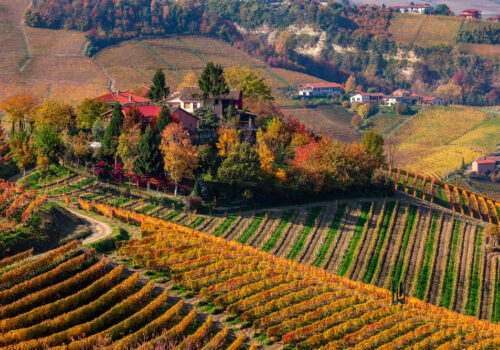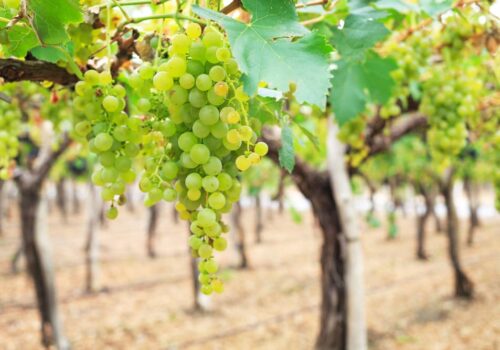Carbonic and cold wine maceration
Making wine is a fairly complex process that requires a deep knowledge of technology and numerous nuances. It is enough to deviate a little from the recipe – and instead of a rich, dense wine with a rich flavor you get a spoiled, oxidized liquid. In particular, maceration, or more precisely the conditions under which it is done, has a huge impact on the final result. How maceration of red and white wines is done, what kinds of this treatment are used in industrial and home winemaking, we shall discuss below.
THE ESSENCE AND PECULIARITIES OF MACERATION
Maceration is a technological stage of winemaking, during which the grape must is infused with solid grape inclusions. Reactions occur during the infusion, which are accompanied by extraction of aromatic components and vegetable pigments present in the pit and skin of berries. Phenols, polysaccharides, nitrogenous and mineral components pass into the liquid fraction, giving the must the desired color, tartness, aroma and fullness of organoleptic properties. How long extraction is done depends on the type of grapes, the type of wine to be made, level of ripeness, absence of diseases and other factors.
Extraction is done with primary winemaking equipment that allows control and management of the process by changing the temperature regime, etc.
How does maceration work? In the beginning the wine is intensely colored, because the anthocyans actively saturate the liquid. Subsequently the rate of pigment penetration decreases due to the fact that the colouring substances are deposited on the solid fraction. Further, as the wine is infused, the concentration of tannins, which give a particular tartness to the wine, increases.
Depending on the type of wine to be made, these methods are used:
For red winemaking – maceration coincides with fermentation and occurs at high temperatures;
For white winemaking – short-term infusion of grape must on the mash at low temperatures before the fermentation stage.
In addition, there is the production of wine by means of carbonic acid maceration. Read more about this below.
DIFFERENCES BETWEEN COLD AND CARBONIC ACID MACERATION
In winemaking, cold maceration – a method of extraction, when the grape must and mash contact at low temperatures – is used to a greater extent. The wine material remains cold right up to fermentation, and maceration itself lasts from a few hours to a few weeks. The idea is to extract the colouring substances and aromatic components, which give the wine its unique fruity aroma, without extracting tannins (the compounds responsible for astringency and a bitter herbal flavour). Maceration temperature in red winemaking reaches much higher values (26-37 degrees).
Carbonic acid maceration is a method of wine making used in the production of ordinary Beaujolais Nouveau wines. The extraction process goes hand in hand with fermentation: whole bunches are placed in hermetically sealed tanks, filled with carbon dioxide. Fermentation thus takes place without oxygen. It is not the yeast on the skins that starts the fermentation, but the enzymes in the pulp. Phenols are formed which cannot be produced by cold fermentation. Wines made by carbonic maceration have a pronounced aroma of fruit (bananas, apples, pineapple) and even candy and gum. But the main advantage is that carbonic maceration allows to achieve normal acidity of wine and a harmonious taste. Thus, the use of overripe grapes can reduce acidity.




